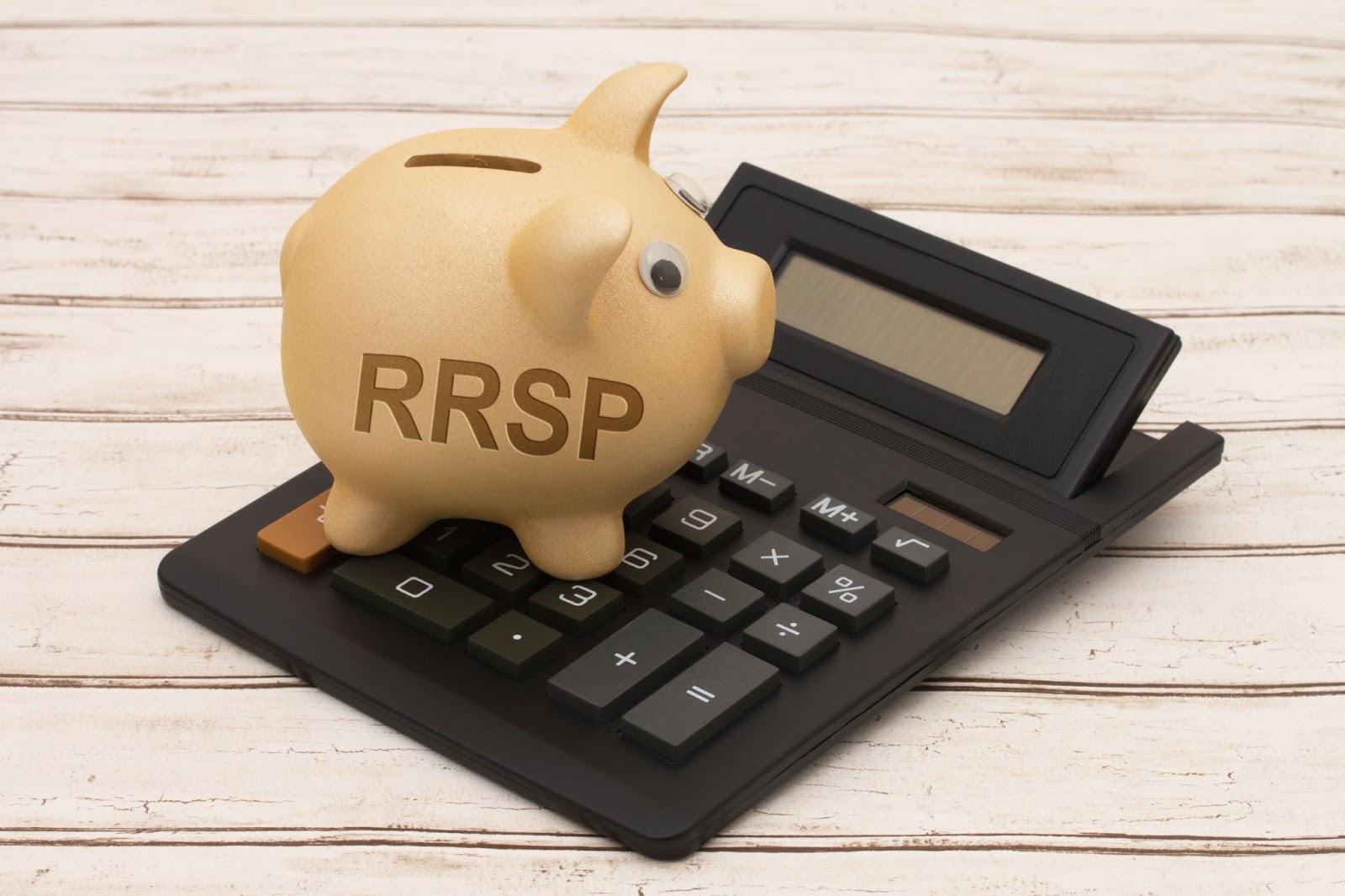As mortgage brokers specializing in income property financing, we receive hundreds of questions from investors across the country regarding various aspects relating to financing income properties.
In this series, we answer the common questions we come across:
QUESTION 6: What other paths are there to use my RRSPs in Real Estate investing?
In a previous article, we discussed a path on how you can utilize your RRSPs to purchase a rental property. As a quick refresher on the method discussed, you can borrow funds from your RRSPs in the form of a mortgage secured against your home or a second home. You can then use the funds from that mortgage towards a down payment on a rental property or to buy a rental property outright.
In this article, we discuss a second path on how you can utilize your RRSPs to invest in Real Estate.
If you are looking for passive tax-sheltered returns within your RRSPS (or registered funds) using Real Estate; then this strategy would be a great option as it is also a low cost low maintenance option.
It is also worth mentioning that this method would fall under what CRA calls “Arms-length “under the tax act.
How it works?
Your RRSPs is like a basket with various investment types in it, such as stocks, bonds and/or money market funds.
In order to utilize RRSPs in Real Estate under this method, a few things must hold:
- The RRSPs must be setup as a mortgage against the Real Estate. Think about the mortgage as another investment type within your RRSP basket
- The Real Estate cannot be owned by you or a corporation that you own
- The RRSP loan must be administered by a Trust company approved by CRA, such as Community Trust, Canadian Western Trust or Olympia Trust
Due to the tighter lender guidelines, some borrowers are unable to obtain an 80% mortgage on a rental property from institutional lenders. This is where borrowers turn to alternative sources of funding to supplement the shortage and this is where they would turn to a client like yourself with RRSPs funds to invest.
To demonstrate through an example:
Let’s say that you have $50,000 in RRSPS + another $25,000 in a TFSA that you are looking to invest in Real Estate in a passive fashion.
Heather, a Real Estate investor who is looking to close on a rental property that she purchased for $500,000 and that she is planning on renovating. Heather unfortunately has been declined by her bank due to the condition of the property, but has been approved by a B lender for 65% of the value through her mortgage broker.
Heather was not planning on injecting a 35% down into the deal as she would like to keep some funds aside for renovations. The Good news is that the B lender would allow her to tag a second mortgage behind their mortgage up to 80% to supplement the shortage.
Heather currently has 20% down (i.e. $ 100,000) but she is short on $75,000 to close gap on the 35% down needed.
On a deal like this, we can setup a registered loan from you for $75,000; combining your RRSPs and TFSA into a second mortgage to Heather.
The terms of the mortgage can be outlined through a mortgage agreement drafted by your mortgage broker or your lawyer. The terms would state: the duration of the mortgage, the interest you will charge on the loan, any lender fees payable to you, payment frequency, renewal fees and much more.
At the time of closing, your lawyer would register the $75,000 RRSP/TFSA mortgage against Heather’s property (in second position in this case) and the Trust company of your choice would take care of the processing / collection of the interest payments payable on your mortgage into your registered account.
Upon the maturity of the mortgage term , Heather would be expected to return the $75,000 principal back into your RRSPs along with any accrued interest – calculated at the time of mortgage discharge –
Now that you are familiar with the setup, let’s summarize the advantages and disadvantages of this strategy:
ADVANTAGES
- Most of the time, the borrower covers all of your expenses as an RRRSP Lender; including: Legal fees, appraisal. In addition, you may receive a bonus lender fee (outside of your RRSPs) at the time of closing
- Passive strategy. You are a lender against the property. Not a landlord and therefore no tenant management involved
- Relatively healthy tax-sheltered returns that range from 7% – 16% (depending on the risk)
DISADVANTAGES
- You are a lender against the property. Not an owner. So, your returns are capped to the interest and lender fees you receive on the funds lent
- If the deal is not structured properly to hedge against Risk, you can potentially loose a portion or all of your capital (example: lending money in a second position without understanding how the borrower will eventually exit the private mortgage)
If you are planning on utilizing this strategy, I strongly recommend that you work with a mortgage broker who is experienced with private lending and who can help you structure the deal in a way to help manage the risks involved in this strategy; including:
- Understanding the exit strategy:
How will the borrower be able to pay back the loan? will they sell? will they be able to refinance? what are the underlying assumptions relating to the exit strategy and have they been validated? what if the borrower cannot return the funds in time due to circumstances outside of their control? will you be opened to renewing the loan?
- Ensuring the value is legitimate and that you have a cushion:
As your funds are secured by the value of the property; it is important to ensure that an appraisal was done by a 3rd party reputable company and to ensure that the appraisal is addressed to you (the lender) at the time of closing; so you can legally use it if a Power of Sale takes place.
On the topic of value, it is also important to get guidance from your broker in regards to the loan to value (i.e. ensuring that the property is not over leveraged and that there is enough cushion in case you need to put it up for sale under a Power of sale scenario )
Dalia Barsoum is president and principal broker of Streetwise Mortgages and a regular columnist for Canadian Real Estate Wealth. She leads an award-winning team of mortgage advisors offering strategic income property and portfolio advice to Real Estate investors across Ontario.
For a complimentary review of your portfolio finances & investing plans and for advice on how to utilize RRSPs as a tool within your financing tool kit and given your unique goals and plans, connect with the Streetwise Team at info@streetwisemortgages.com
Dalia Barsoum is the founder of Streetwise Wealth, a boutique real estate wealth advisory firm, and Streetwise Mortgages, a multi-award-winning brokerage specializing in income property financing. Streetwise Mortgages is known as Canada's #1 small markets broker (AKA rental markets) as ranked by Canadian Mortgage Professionals.
The team at Streetwise Mortgages has funded over 1 billion dollars of mortgage volume and over 2700 mortgage transactions ranging from residential, multi-family, mixed-use, and other construction projects.
Dalia is the best-selling author of Canadian Investor Financing: 7 Secrets to Getting All The Money You Want, a columnist for Canadian Real Estate Wealth magazine and has been recognized as a Global 100 mortgage professional, one of Canada’s top 10 brokers, and a woman of influence.
Through strategic real estate financing advice, sophisticated deal structuring solutions, and access to an understanding of all the money tools and capital structures investors use to grow (private money, traditional mortgages, alternative mortgages, GP/LP structures, corporate capital structures, and joint ventures), Dalia and her team have helped thousands of Canadians kick start their real estate investment journey and take their portfolios to the next level while managing risk.








